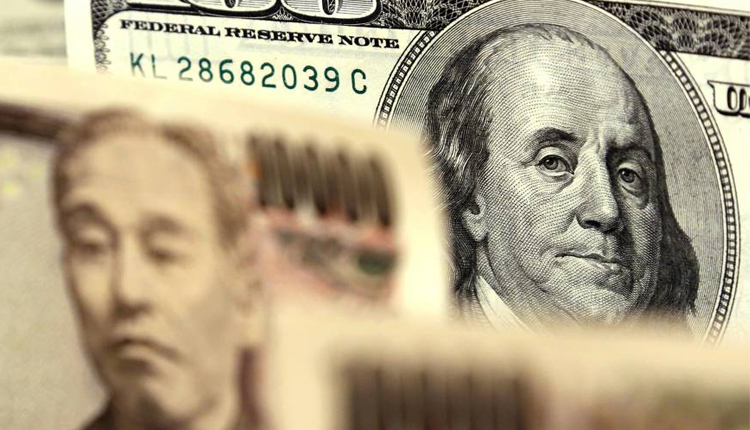The yen grew to a five-month high versus the dollar on Friday on intensifying tensions between Iran and the United States, while the dollar fell to a two-week low against a basket of currencies on bets the Federal Reserve would start lower interest rates.
The euro hit a 1-1/2 week peak versus the greenback after French and German business activity strengthened more than expected in June, according to surveys.
Iran’s downing of an unmanned U.S. surveillance drone stoked fears about a military conflict between the two nations following a spate of attacks on oil tankers in the Gulf region.
An initial wave of safe-haven buying of the yen faded in the wake of news that U.S. President Donald Trump shelved a missile strike against Iran and preferred a dialogue with Tehran especially over its nuclear program.
“The Iranians for their part refused the overture for now, so tensions remain high, but the risk of conflict appears to have eased,” said Boris Schlossberg, managing director of FX strategy at BK Asset Management in New York.
The yen moved to 107.045 per dollar during Asian trading, which was its strongest level since Jan. 3. It was last down 0.07% at 107.37 per dollar.
The dollar reversed some of its losses from the prior two sessions after the Federal Reserve on Wednesday signaled it was prepared to lower interest rates later this year.
The Fed and the European Central Bank this week hinted they were open to ease policies to counter a global economic slowdown, exacerbated by global trade tensions.
The focus now shifts to whether the United States and China can resolve their trade row at a summit in Japan next week of leaders from the Group of 20 leading world economies. Trump and Chinese President Xi Jinping are due to meet at the G20 next weekend, but analysts say chances of a decisive breakthrough are low.
The greenback was 0.67% lower at $1.1367 per euro after touching $1.1334, the lowest since June 12.
Against a basket of currencies, the dollar was 0.43% lower at $96.21.
The dollar got a lift on news of stronger-than-forecast sales in U.S. existing homes in May. The encouraging news offset IHS Markit data that showed a manufacturing growth weakened to its most sluggish level since September 2009 in June, while services sector activity slumped to its lowest level since February 2016.
Friday’s U.S. data did not change traders’ expectations the Fed would lower key lending rates, as early as July. They priced in the probability policy-makers may reduce borrowing rates by at least 75 basis points at year-end, based on calculations by CME Group’s FedWatch tool on its interest rates futures.
Source: Reuters



